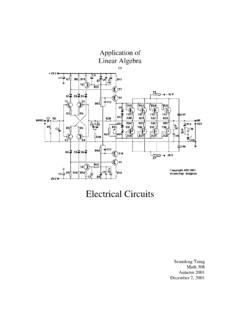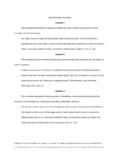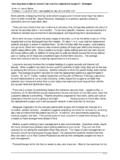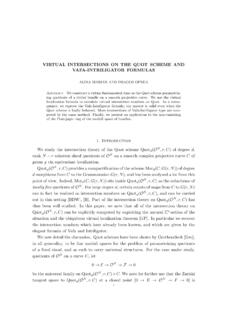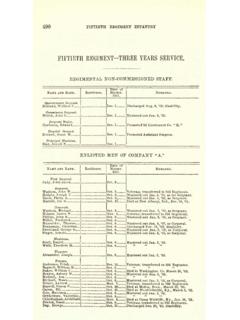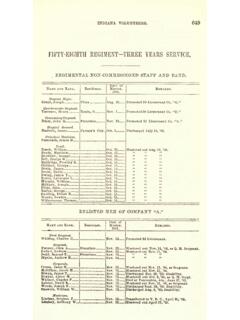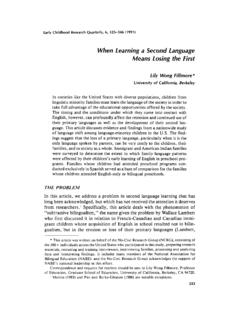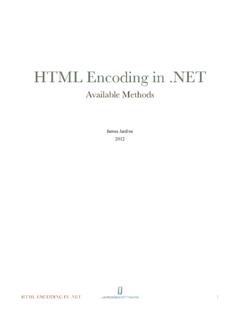Transcription of Working a difference quotient involving a square root
1 Working a difference quotient involving a square rootSupposef(x) = xand suppose we want to simplify the differnce quotientf(x+h) f(x)has much as possible (say, to eliminate thehin the denominator).Substituting the definition offinto the quotient , we havef(x+h) f(x)h= x+h xhat which point we are stuck, as far as basic algebraic manipulations the rescue, however, comesthe any expression of the form A B, we say its conjugate is A+ B, and vice versa: the conjugate ofthe latter is the former: we get to the expressions conjugate by simply changing the sign of the operationbetween the two square root expressions (plus to minus, or minus to plus).By writing the number 1 as the expression s conjugate divided by itself, we get a powerful tool for ma-nipulating these types of x+h xh,the conjugate we want to use is x+h+ x, so we multiply our expression by the conjugate over itself: x+h xh= x+h xh x+h+ x x+h+ key idea is that the numerators multiply in a nice that the two numerators together have the form(A B) (A+B)which is equal toA2 B2(you might recall the phrasedifference of squares).
2 The squaring eliminates thesquare roots from the a result, our expression above becomes x+h xh x+h+ x x+h+ x=x+h xh( x+h x)=hh( x+h x)=hh1 x+h x=1 x+h , we have shown that x+h xh=1 x+h is as simplified as we can make it, and it has the advantage over the original expression in that it hasnohin the denominator (which will be a consideration when you see this sort of thing again in Calculus).
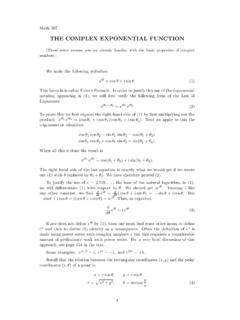

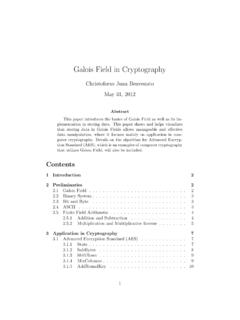

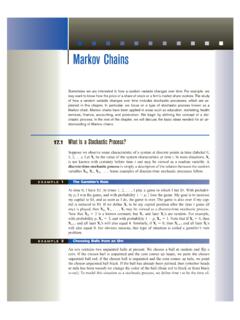
![ZZ dA R [0 2] R - University of Washington](/cache/preview/6/4/c/c/9/f/d/6/thumb-64cc9fd6ac93e2995c04a2a74b217176.jpg)


